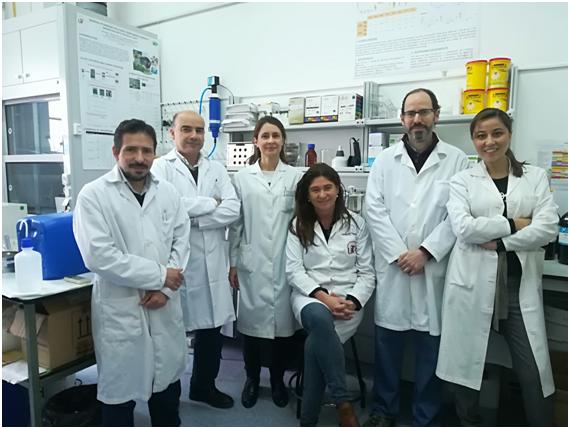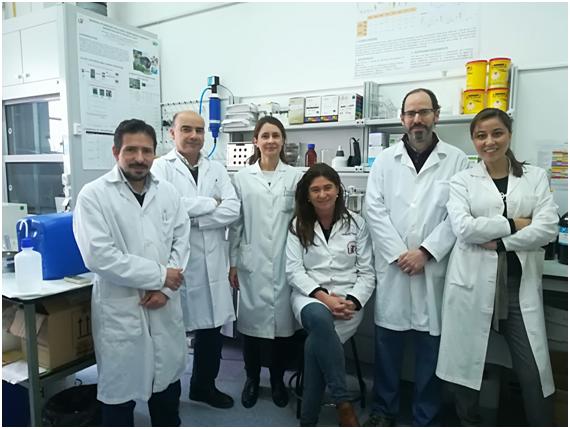
Credit: University of Seville
The appearance of criteria and emerging pollutants in water is a modern theme that has caused the scientific community to research new solutions and alternatives. Along these lines, a group of University of Seville scientists has recently shown the effectiveness of two new absorbent materials capable of eliminating organic pollutants in solution in less than 24 hours.
Specifically, they have evaluated two types of phyllosilicates: a highly-charged expandable synthetic mica (Na-Mica-4), and one obtained from cation exchange with an organo-functionalized mica (C18-Mica-4). Phyllosilicates are a subclass of silicates and include common mineral in very different environments.
The results show that the material C18-Mica-4 is capable of eliminating the majority of pollutants that were evaluated in urban waste water, as well as surface water and potable water. The study, also, provides data on the adsorption mechanism and establishes a significant correlation between the physical chemical properties of the selected criteria and emerging pollutants and the adsorption to the material.
In total, 18 organic pollutants were studied, among which were industrial pollutants, personal care products, and the pharmacological active ingredients such as anti-inflammatories, antibiotics, anti-epileptics, central nervous system stimulants and lipid-lowering agents, among others.
Within the industrial pollutants, several compounds frequently used as cleaning products were analysed, as well as others used as water- and oil-repellents. With the personal care products, two synthetic preservatives were analysed (methylparaben and propylparaben), both widely used in cosmetic and pharmaceutical products. Lastly, nine active pharmacological ingredients were also tested (diclofenac, ibuprofen, salicylic acid, trimpethoprim, carbamazepine, propranolol, caffeine, clofibric acid and gemfibrozil). Taken to achieve different therapeutic effects, these all end up polluting our waters, essentially, via human excretion.
The study was carried out on untreated urban waste water, treated urban waste water, surface water from rivers and potable water.
"Studies like this, and others in the same line, are showing the potential of certain adsorbent materials for use in the industrial treatment of water affected by different types of pollution. Obtaining universal materials with a high elimination capacity and which can be used for a wide range of pollutants is the main goal in this area of investigation", said the University of Seville professor Esteban Alonso, head of the research project.
The following steps in this line of research will be: the evaluation of these materials in the elimination of other families of water pollutants, their application on an industrial scale, and, in parallel, the improvement of the functionality of the material itself.
###
Media Contact
Esteban Alonso
[email protected]
@unisevilla
http://www.us.es
Related Journal Article
http://dx.doi.org/10.1016/j.envres.2018.03.037





